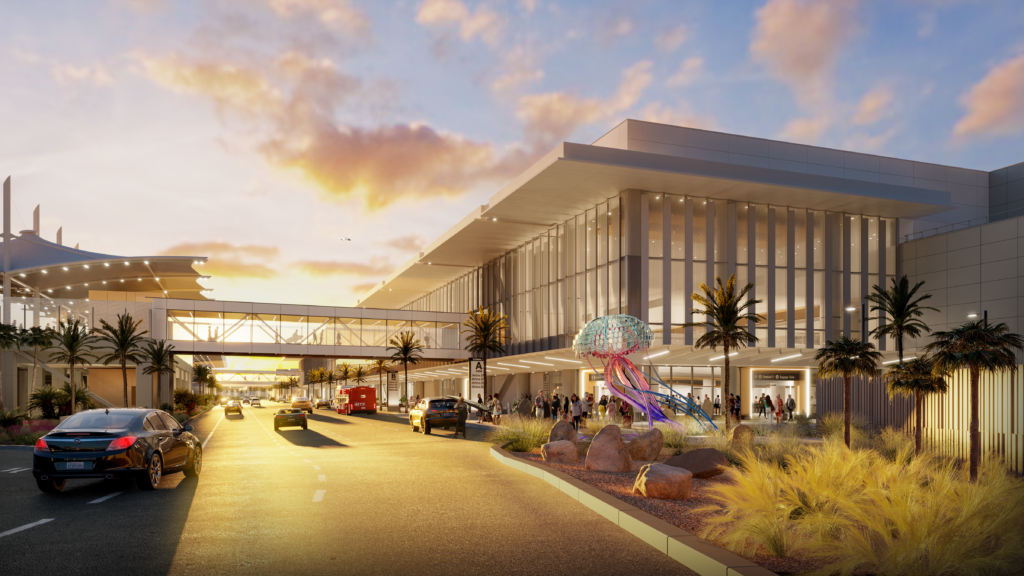
There may be no airport left in the United State like San Diego International. That it is a one-runway airport is not that unusual. But that it is downtown, surrounded by a picket fence of skyscrapers, is extraordinary. Those in the high-rise offices may get a kick out of viewing jets fly in and out at eye level, but I wonder if it is totally a white-knuckle experience for the pilots threading the needle between skyscrapers.
Most major metro airports have moved outside of harm’s way. London’s Heathrow (LHR), San Francisco (SFO), Hong Kong (HKG), Chicago (OHR), but San Diego (SAN) clings to its time begone airfield surrounded by high rises. US Navy pilots landing on a pitching aircraft carrier deck may be aviation’s biggest challenge, but flying into SAN may be the biggest civil aviation’s biggest challenge. But when was aircraft flying into skyscrapers a problem? Oh, yeah. 9/11. I knock on wood.
But instead of heeding a warning, San Diego is doubling down on what doomsayers would think a bad bet. The terminal is getting a $3.8 billion makeover with a new terminal (1 (NT1).
Who is doing the design and construction?
AECOM and Gensler are playing significant roles in the major renovation of San Diego International Airport, focusing on enhancing infrastructure, accessibility, and sustainability.
AECOM has been selected by the San Diego County Regional Airport Authority to lead the program management for the airport’s Capital Improvement Plan. This includes overseeing the $3.8 billion New Terminal 1 project and the modernization of Terminal 2 East. Key aspects of their involvement include managing the construction of a new entrance road, integrating bike lanes and pedestrian paths, and reserving space for future public transit connections to the airport. The improvements aim to accommodate increasing travel demand while enhancing passenger experience and operational efficiency.
Gensler, as an architectural firm, contributes its expertise to aviation design. They are focused on creating a more inclusive and efficient airport experience, leveraging their knowledge to design innovative spaces that balance functionality with passenger comfort. Gensler’s work includes implementing sustainability measures and adapting airport design trends like electrification and modular construction to minimize the environmental impact.
What role has Autodesk played?
Autodesk has played a significant role in the renovation of San Diego International Airport, particularly in the transformation of Terminal 1 into a modern facility. The company’s design and construction solutions are central to this effort, with tools like Autodesk Docs being used as the common data environment. This platform allows project managers and teams to collaborate seamlessly, storing and sharing all relevant project data in one place.
AECOM, which leads the program management, is utilizing Autodesk’s suite of digital tools to ensure efficient design and construction workflows. Additionally, architecture firm Gensler employed Autodesk Revit to redesign Terminal 1, including the creation of the “Luminous Wave” façade, which enhances natural lighting and passenger experience. The overall project aims to bring the airport in line with contemporary needs, with features like expanded gates, improved roadways, and sustainable designs being central to the renovation efforts.

